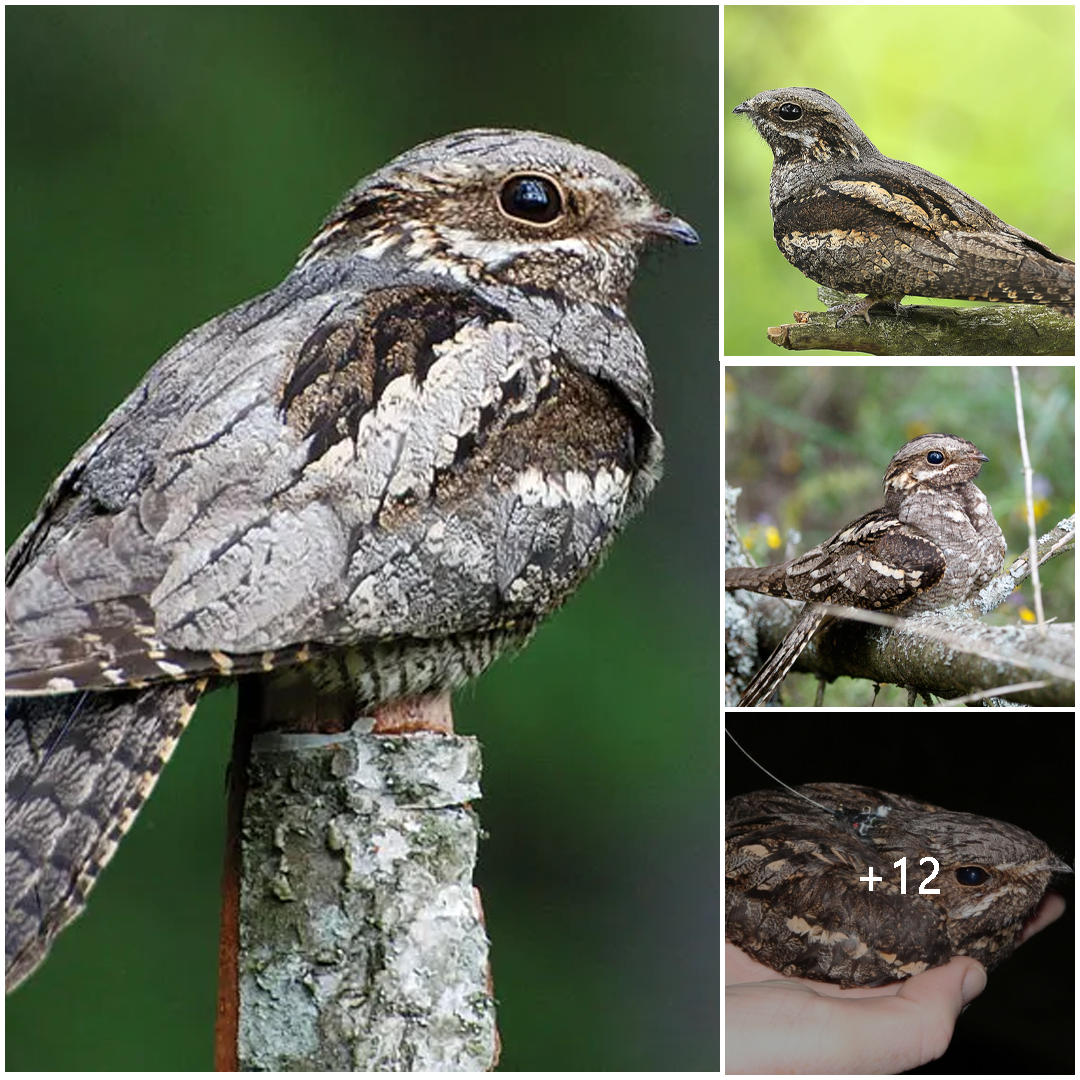
The Nocturnal Enigma: Exploring the Mystique of the Nightjar
Introduction: In the twilight hours, as dusk gives way to darkness, a mysterious creature takes flight, casting eerie silhouettes against the moonlit sky. This enigmatic avian, known as the nightjar, holds a unique place in the realm of nocturnal wildlife. Join us as we unravel the mysteries surrounding this elusive bird.
Physical Characteristics: The nightjar, belonging to the family Caprimulgidae, is a medium-sized bird with cryptic plumage designed for camouflage. Its mottled feathers blend seamlessly with the bark of trees or the forest floor, rendering it nearly invisible during daylight hours. With long wings and a distinctive wide mouth adorned with bristles, the nightjar is a master of aerial acrobatics, effortlessly capturing insects on the wing.
Habitat and Behavior: Nightjars are predominantly crepuscular and nocturnal, emerging from their daytime roosts at dusk to forage for insects in the twilight hours. They are often associated with open woodlands, heathlands, and scrub habitats where they hunt for moths, beetles, and other flying insects. During the day, they roost on the ground, relying on their cryptic plumage to evade detection by predators.
Unique Vocalizations: One of the most intriguing aspects of the nightjar is its haunting vocalizations. During the breeding season, males perform elaborate aerial displays accompanied by distinctive churring calls, which echo through the night like ghostly whispers. These vocalizations are used to establish territory and attract mates, adding to the mystique of this nocturnal bird.
Cultural Significance: Throughout history, nightjars have captured the imagination of humans, inspiring myths, folklore, and superstitions. In some cultures, their nocturnal habits and eerie calls have led to associations with supernatural beings or omens of ill fortune. However, in many indigenous traditions, nightjars are revered as symbols of wisdom, adaptability, and guardianship of the night.
Conservation Status: While nightjars are not typically considered threatened, they face challenges due to habitat loss, disturbance, and the decline of insect populations. Conservation efforts focused on preserving and restoring their natural habitats are essential for ensuring the continued survival of these fascinating birds.
Conclusion: The nightjar, with its cryptic appearance, mysterious habits, and haunting vocalizations, remains a captivating enigma of the nocturnal world. As stewards of the natural world, it is our responsibility to appreciate and protect these elusive birds, ensuring that future generations can continue to marvel at their nocturnal beauty and intrigue.





